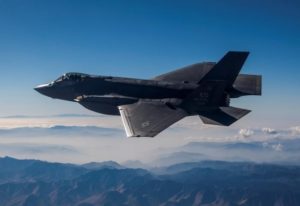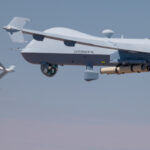
Lockheed Martin [LMT] blew open the door in its first quarter financials with a strong showing across all of its operating segments and the company increased its guidance for earnings, sales and cash this year. Net income jumped a whopping 42 percent to $1.7 billion, $5.99 earnings per share (EPS), from $1.2 billion ($4.02 EPS) a year ago, smashing consensus estimates of $4.34 EPS. Strong gains in operating income at the segment level combined with a pension tailwind, lower taxes,…

 By
By 











